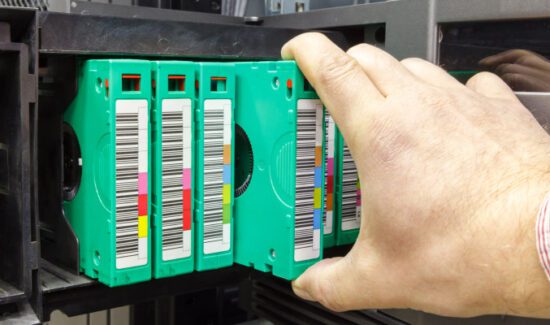Three Best Practices for Developing a Leading STaaS Offering


Solutions Review’s Contributed Content Series is a collection of contributed articles written by thought leaders in enterprise technology. In this feature, Pure Storage‘s Taruna Gandhi offers three best practices for developing a leading STaaS offering right now.
We have entered the as-a-Service era, in which individual and organizational purchasing decisions are increasingly characterized by a consumption-based model instead of a large upfront purchase. Within the enterprise, today’s economic climate of uncertainty has further contributed to the rise of as-a-service models. From the storage vendor perspective, the value of STaaS (Storage as-a-Service) is clear, but understanding how to successfully STaaS-ify an offering requires a hardhat. Why? Because developing a solid STaaS offering is a lot like building a house: you need the perfect combination of a solid foundation, sound architecture, and an understanding of the future homeowner.
STaaS
The Foundation
The first step in developing a leading STaaS offering is to ensure that you start with a strong foundation built on transparency, choice and flexibility. Outline the outcomes that your customer will be purchasing – this includes the workload type, workload performance and profile, consumption capacity, uptime or availability, energy consumption and subscription term. The basis of your offering should focus on selling outcomes, rather than simply advertising the technical specs of the product. This simple shift in focus will help build trust with your customers, especially as they look for products that best align with their ideal data strategy and productivity.
The value STaaS holds goes beyond just ensuring customers only pay for what they consume. Rather, it offers the promise of continuously evolving to remain a custom-fit for customers’ changing needs. Because customers want to be able to both anticipate and measure the ROI that a purchase will bring them, it’s also important to allow your customer to measure and track their consumption – doing so transparently will build trust. Furthermore, it’s beneficial to highlight your commitment to fulfilling promised outcomes with clear expectations. As a best practice, you should be prepared to provide service credits and remediation if there is an issue – even if it’s on your own dime.
The Architecture
The next step is to plan the architecture, or method of delivery, for your STaaS offering. Your team’s goal is to optimize technology costs for yourself and your client. Consider whether your client needs a single-tenant or multi-tenant architecture model. Multi-tenant models allow you to share resources between customers, while single-tenant models run distinct software for each customer. Multi-tenant models are more cost-effective and easier to maintain but allow for less customization. Single-tenant models are customized to an individual customer’s needs, with abundant resources available anytime within that dedicated environment. This runs up costs, and single-tenant models require regular maintenance for each client in accordance with different setups. There are benefits and drawbacks to each architecture model, but that decision is up to your customer based on their needs. In either case, implement a cost monitoring feature into your STaaS architecture across products to easily and transparently scale your customer’s user base.
Additionally, implementing data security as you design your offering can’t be an afterthought. Look at whether a zero trust or a traditional role-based access control model is most effective for your STaaS architecture. The former requires authentication for all users, and the latter designates different roles and levels of security access in an organization. Either way, invest in cybersecurity to prevent data breaches and plan for limiting the impact of data breaches and addressing them in a timely manner in case they occur. Much like investing in seismic architecture for a building, designing your STaaS architecture with data security in mind limits the impact of security breaches when or if they occur.
The Occupants
The last step in developing a leading STaaS solution involves understanding the needs of your client. Keep the customer in mind, and be fair in your approach. By considering the customer throughout the STaaS-ification process, you will improve their experience and success, and bolster their trust in you as a vendor. Additionally, don’t discount the value of collecting feedback from customers. This will further help you to develop customizable offerings on an individual client basis.
A Solid Build
Leveraging an efficient architecture will ensure that you deliver a leading STaaS solution. By carefully and proactively designing your product with these tips in mind, you can proactively address the drawbacks clients see from typical STaaS vendors – such as limited control, limited customization, slower speed and security risks. Instead, your customers will reap the benefits of STaaS (such as vendor-managed infrastructure SLAs, no risk of over or under provisioning, reduced risk of data loss, operational agility and efficiency to save time and costs), and will be one step ahead of the typical setbacks their peers and competitors face from vendors who don’t approach the STaaS design process with consideration and proactivity.
To truly lead as a STaaS vendor, focus on aligning IT strategy with financial and business strategies. By fostering collaboration between leadership and IT teams, you will build a scalable STaaS solution that benefits your customer’s long-term growth as well as your own. A strong foundation, sound architecture, and an implicit understanding of client needs will set apart your STaaS offering.
- Three Best Practices for Developing a Leading STaaS Offering - August 17, 2023






















